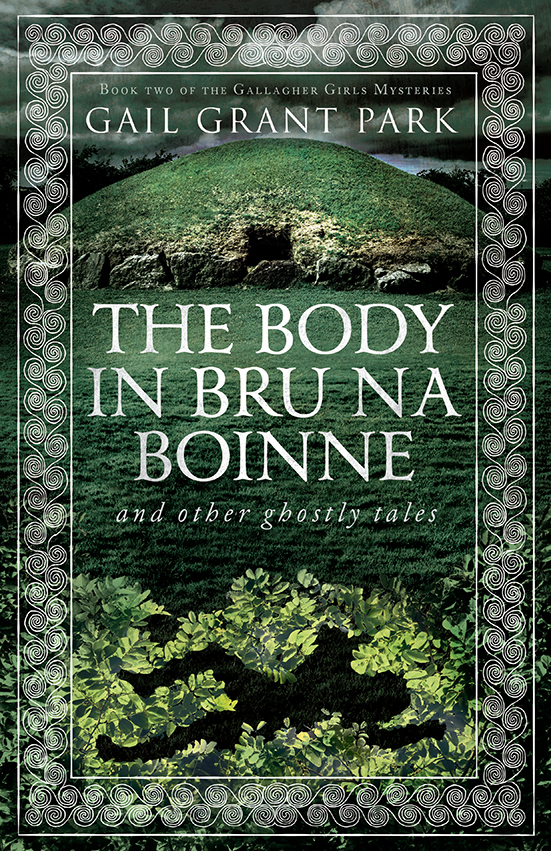
- 'Sitting on Top of the World' vividly explores June Baker's coming-of-age during the Great Depression in Tennessee, blending historical detail with emotional depth and resilience.
Sitting on Top of the World
“Sitting on Top of the World” transports readers to rural Tennessee during the Great Depression, offering a compelling historical narrative that explores the challenges faced by a family and their community. The story unfolds through the eyes of June Baker, a young, adolescent girl whose experiences shed light on the harsh realities of the era. The novel delves into themes of resilience, loss, and the difficult transition from childhood to maturity.
June Baker, the central character, provides a relatable and authentic voice as she witnesses the economic downturn’s impact on her small town. The author skillfully depicts June’s growth as she takes on new responsibilities to help her family navigate increasingly dire circumstances. Her journey is crucial to the narrative, adding depth and emotional resonance to the story.
The novel’s richly detailed setting immerses readers in the Great Depression, creating a vivid and authentic portrayal of the era. This meticulous attention to historical and emotional context enriches the story but may slow the pacing in the early chapters. However, as the narrative progresses, the pace quickens, and the plot becomes more engaging, particularly as the characters face escalating challenges.
While the descriptive writing vividly brings the era to life, it occasionally becomes overly detailed, which may restrict readers’ imagination. Additionally, the story sometimes assumes familiarity with its historical setting and context, which may make it more accessible to readers already acquainted with the Great Depression.
Overall, “Sitting on Top of the World” offers a thoughtful exploration of a young girl’s coming-of-age during a tumultuous time in American history. The novel effectively balances its historical setting with the personal growth of its protagonist, providing a reflective read for those interested in the period. Despite moments of slower pacing and dense description, it delivers a nuanced look at the resilience of individuals and communities in the face of adversity.











